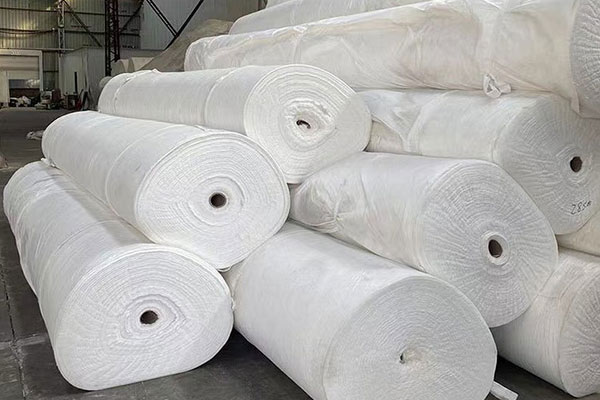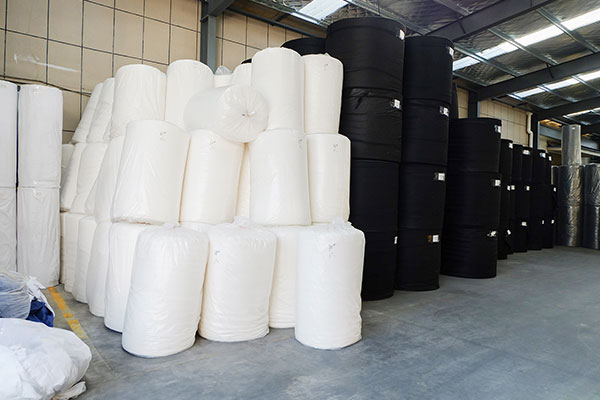Nonwoven Geotextile Fabric for French Drain
When it comes to managing water effectively, French drains are a top choice for homeowners, landscapers, and civil engineers. One crucial component that significantly improves the efficiency and longevity of a French drain is the nonwoven geotextile fabric. This permeable fabric helps prevent clogging, separates soil from gravel, and maintains consistent water flow.

What is a Nonwoven Geotextile Fabric?
Nonwoven geotextile fabric is a synthetic material made from polypropylene or polyester fibers that are bonded together through a mechanical, chemical, or thermal process. Unlike woven fabrics, nonwoven geotextiles have a random fiber arrangement, giving them superior filtration and permeability properties.
These fabrics are widely used in civil engineering, landscaping, and construction applications, especially for drainage, soil stabilization, and erosion control.
Why Use Nonwoven Geotextile Fabric in a French Drain?
A French drain is designed to redirect surface water or groundwater away from specific areas, such as foundations, lawns, or roadways. The use of nonwoven geotextile fabric in a French drain provides several advantages:
1. Filtration
The fabric acts as a filter, allowing water to pass through while blocking silt, clay, and other fine particles from entering and clogging the drainage pipe or gravel.
2. Separation
It separates the gravel and drainpipe from the surrounding soil, preventing soil intrusion and mixing, which could reduce drainage efficiency over time.
3. Improved Lifespan
By reducing clogging and maintaining water flow, nonwoven fabric significantly extends the lifespan and performance of the French drain system.
4. Flexibility and Conformability
Nonwoven fabric is more flexible than woven types, making it easier to install in curved or uneven trench bottoms.

How to Install Geotextile Fabric for a French Drain
- Excavate the Trench: Dig a trench to the required dimensions and slope.
- Line the Trench: Lay the nonwoven geotextile fabric inside the trench with enough overlap on the sides to wrap over the top later.
- Add Gravel: Place a layer of clean gravel at the bottom of the trench.
- Insert Drain Pipe: Place a perforated pipe on top of the gravel, ensuring proper slope for water flow.
- Backfill with Gravel: Cover the pipe with more gravel.
- Wrap the Fabric: Fold the excess fabric over the top to completely encase the gravel and pipe.
- Cover with Soil: Backfill the rest of the trench with soil or landscaping material.
Choosing the Right Geotextile Fabric
When selecting a nonwoven geotextile for your French drain, consider the following:
- Weight: Heavier fabrics (6 oz or higher) offer more strength and durability.
- Permeability: Choose a fabric with high flow rates for optimal drainage.
- Strength: Ensure the fabric resists punctures and tears during installation.
Applications Beyond French Drains
Nonwoven geotextile fabric is also widely used in:
- Retaining wall backfill drainage
- Roadway and driveway stabilization
- Landscape and garden drainage
- Erosion control systems
Final Thoughts
Using nonwoven geotextile fabric in your French drain system is a smart investment that ensures efficient water drainage, prevents clogs, and extends the life of your system. Whether you’re tackling a backyard drainage issue or a large-scale construction project, incorporating this simple yet effective material can save you time, money, and headaches in the long run.
Need bulk supply or technical specs for geotextile fabric? Contact us today for expert advice and competitive pricing.
